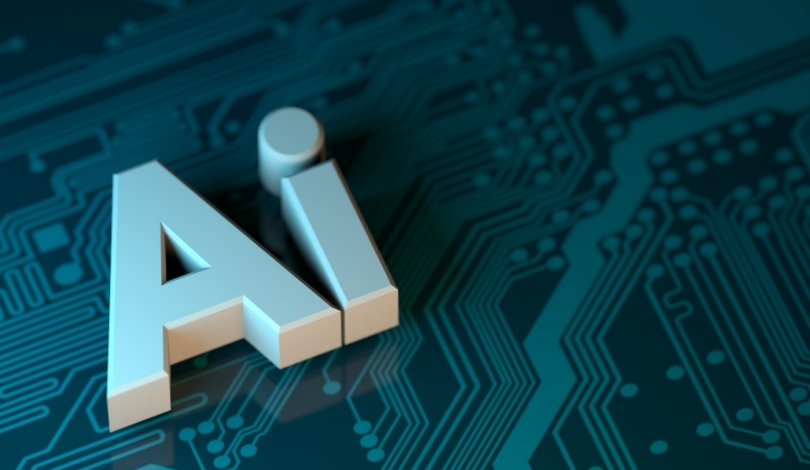Classrooms worldwide are witnessing a rapid increase in the adoption of AI tools, with OpenAI’s ChatGPT becoming a prominent resource for students and educators. Concerns over the potential impact on academic integrity and the decline in critical thinking have led to widespread debates within education communities. Educators are exploring how they can adapt teaching strategies to balance the benefits and risks of generative AI technologies. Policymakers are also seeking approaches to ensure the responsible integration of artificial intelligence into academic environments. This moment marks a crossroads where technology, policy, and pedagogy intersect sharply.
When ChatGPT first launched, early discussions centered on individual teacher initiatives or informal bans by schools, but recent information highlights greater collaboration between educational institutions and OpenAI. Public partnerships, such as those with the government of Estonia and several U.S. universities—including Harvard University, Arizona State University, and parts of the California State University system—indicate a shift toward formal integration efforts and proactive training. Previous reports primarily focused on potential academic dishonesty; now, there is a growing emphasis on large-scale professional development and guidance for appropriate AI use, reflecting evolving concerns and solutions.
How Is OpenAI Figuring Into Classroom Learning?
OpenAI has sought to address rising concerns over generative AI in schools by forming alliances with education systems and research institutions. The company’s partnerships, such as with Estonia’s public schools and major universities, provide customized AI tools tailored for academic settings. ChatGPT, which remains widely used by individuals under 24, stands at the center of these initiatives, aiming to become a supportive learning assistant rather than a substitute for student effort. OpenAI’s head of education and government, Kevin Mills, noted,
“We know that true learning takes friction. It takes struggle… if students offload all of that work to a tool like ChatGPT, they will not learn those skills and they will not gain that critical thinking.”
What Strategies Is OpenAI Using to Support Educators?
Given the rapid rise in student usage, OpenAI has prioritized implementing digital safeguards and education resources. Recent efforts include the launch of the OpenAI Academy, which offers free online courses on AI literacy and skill-building, and the creation of the National Academy for AI Instruction in collaboration with the American Federation of Teachers. This program aims to equip at least 400,000 educators with practical AI knowledge by 2030. OpenAI is also collecting and sharing best practices to help educators navigate responsible AI integration in classrooms.
Are Broader Educational Goals Being Addressed?
Studies indicate that AI can play a role in enhancing problem-solving and collaboration skills when thoughtfully applied in educational contexts. Research also underscores the need for play-based and social learning, which are vital to K–12 development and may not be fully replicable by AI. Organizations like the Center for American Progress highlight the risk that technology could separate students from modalities such as movement and interpersonal interaction. In response, OpenAI is gathering community input through initiatives like ChatGPT Lab, where students collaboratively share their experiences and learning strategies with peers.
Looking across the current landscape, it is clear that AI’s role in education will continue to spark evolving debates among educators, policymakers, parents, and developers. While some stakeholders remain cautious, concrete steps—including training for teachers and empirical, longitudinal research—signal an ongoing shift toward considered adoption rather than simple prohibition or unchecked usage. The integration of products like ChatGPT into classrooms demonstrates both the urgency and complexity of guiding young people toward thoughtful, ethical technology use. Early evidence suggests that, with support and oversight, AI has potential as a teaching tool, provided it complements rather than replaces essential educational experiences such as collaboration, creativity, and independent analysis.










